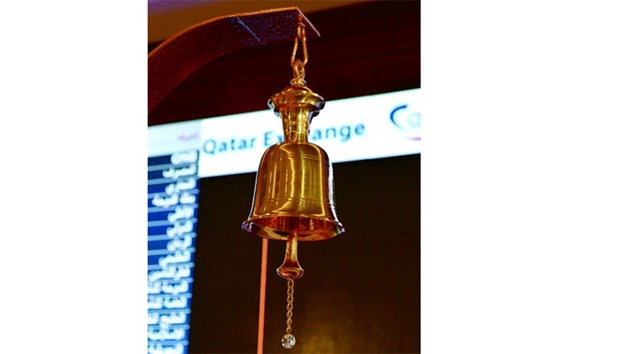The Qatar Stock Exchange (QSE), which has enjoyed a strong rally over the past two months, has higher valuation, according to Credit Suisse, a leading global financial services company.
Factoring that dividend yields, which have been the lowest in Qatar in the Gulf region, and that Qatar’s revenues are expected to be under pressure for some time; Credit Suisse has chosen to stay away from the market for now and wait for a better entry opportunity.
Ever since FTSE Russell changed its index construction rules resulting in a larger weight for key Qatari names in the index, the QSE enjoyed a strong rally but the one-off impact has worn off and the market has now consolidated.
However, valuation remains on the higher side in the QSE, while downgrades to earnings forecasts have lagged other Gulf countries by quite a margin, it said, finding that dividend yields, which have historically been a key attraction, is the lowest in the Gulf region.
“We would stay away for now and wait for a better entry opportunity,” it said on its strategy on Qatar.
Concerned over long term outlook for LNG (liquefied natural gas) prices, it said “with a substantial increase in production facilities coming on stream in the US and Australia, LNG prices should remain depressed for the foreseeable future.”
Qatar’s strong growth outlook is to be supported by a massive infrastructure upgrade drive, ahead of FIFA World Cup 2022, but “we believe this expenditure will strain Qatar’s finances as its revenue stream faces the risk of being under pressure for some time to come,” Credit Suisse said.
Although it expects better future performance for Gulf equities on a more positive outlook on oil prices and stabilising earnings forecasts; it found further downside risks to Saudi Arabia, Qatar and Bahrain.
Credit Suisse “refrains from turning outright bullish” as sentiment is still “muted” (with no clear short term triggers), valuations are at best neutral and outlook for Saudi Arabia is still near-term negative.
Finding that the Gulf region has been by far the worst performing globally; it said this was not so surprising given that oil prices remain well below levels needed for a fiscal budget breakeven and subsidy reform has weighed significantly on growth.
Unlike falling reported earnings over the first half (H1) of 2014 and in 2015 on oil price collapse, this year’s earnings have so far been stabilising and improving, largely driven by revenue recovery, it said.
“Despite this marked improvement, we note that downside risks to earnings still remain. One key area of uncertainty is the potential for further subsidy reform, which could weigh on both corporate profitability and consumer spending,” it said.
Concerned over downside risks to the GCC banks’ earnings; Credit Suisse said earnings growth slowed materially to 1% year-on-year in the second quarter (Q2) of this year (against 18% at peak in Q2 2014) as slower loan growth and higher provisioning took their toll, though this has thus far been offset by wider margins.
“We have yet to see non-performing loans increase...this is likely to be a trend we expect to emerge from Q2 2016 results onward,” it cautioned.
Investor sentiment is still weak, as trading averaged $1.5bn daily across the GCC region, less than half the levels witnessed in H1 2014 when oil prices were more supportive.
“The upcoming Q3 (third quarter) results could trigger renewed buying interest, particularly if we see further evidence of consumer spending recovering and banking sector fundamentals not deteriorating sharply,” it said.
However, a return to the highs in 2014 could be constrained by the “significant” pipeline of planned GCC sovereign bonds, it said, adding “we believe the scale of bond issuances could well divert liquidity away from equities and into fixed income.”

Ever since FTSE Russell changed its index construction rules resulting in a larger weight for key Qatari names in the index, the QSE enjoyed a strong rally but the one-off impact has worn off and the market has now consolidated. PICTURE: Noushad Thekkayil
